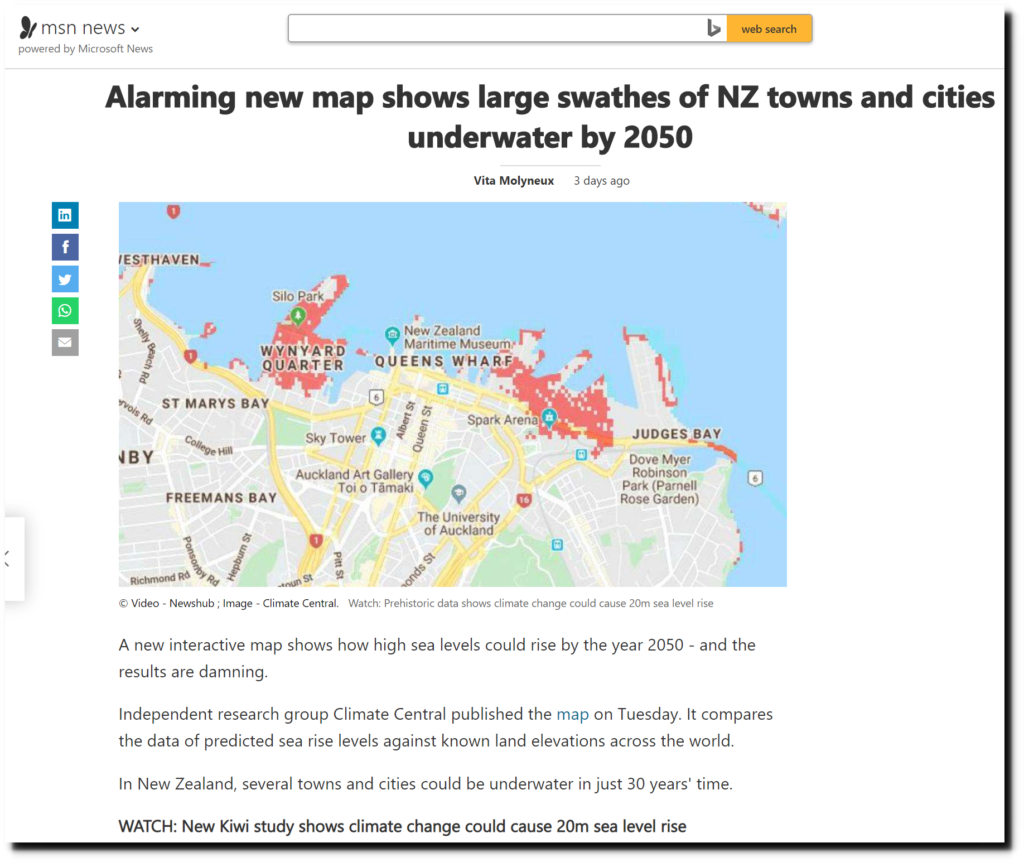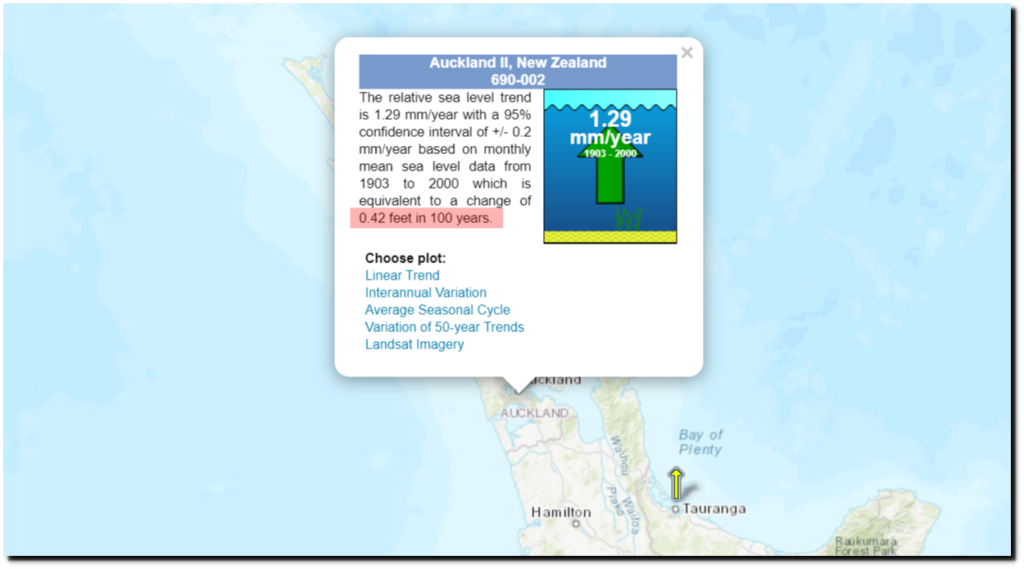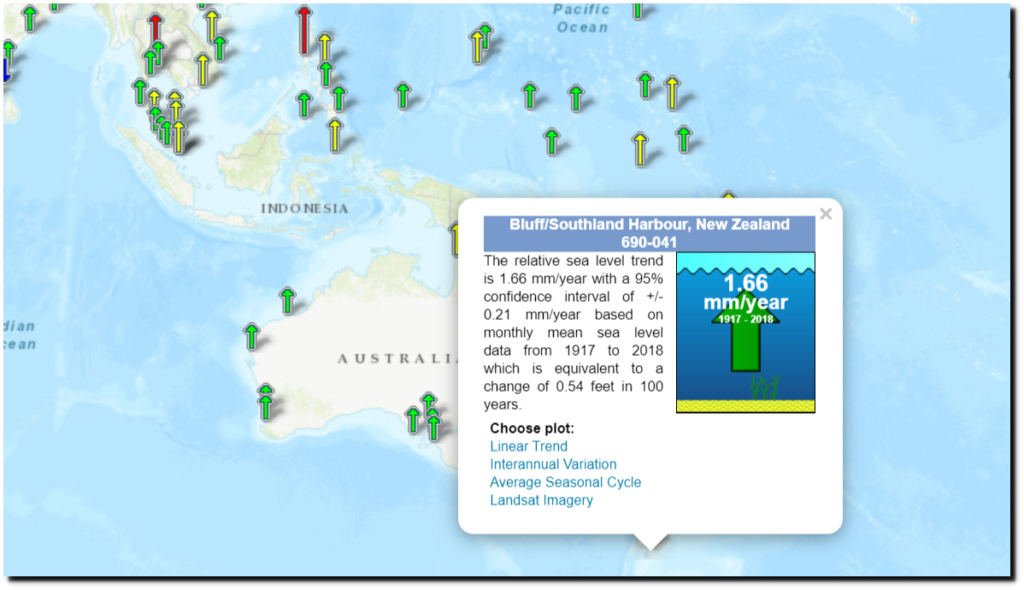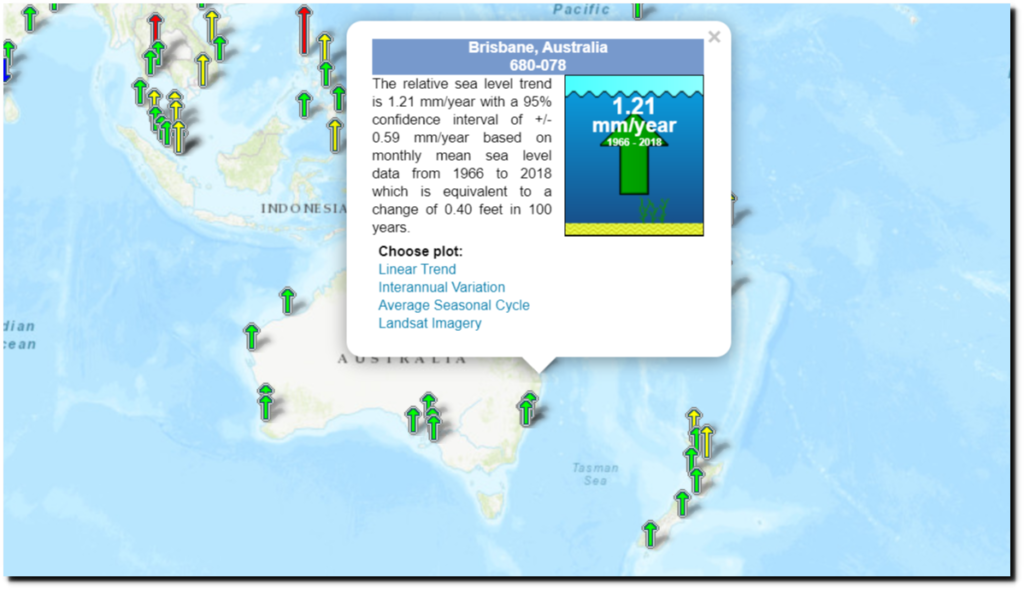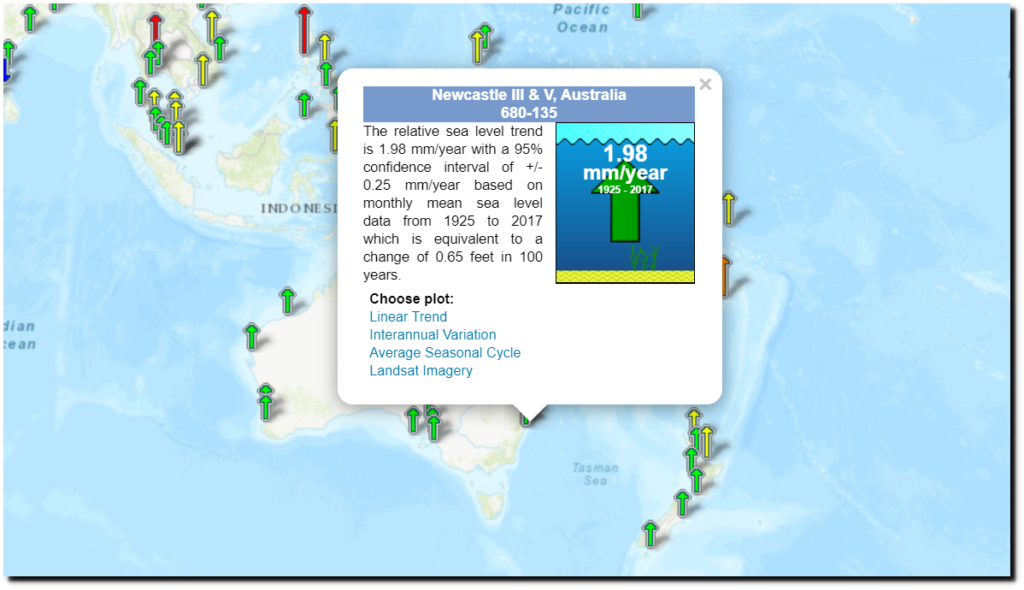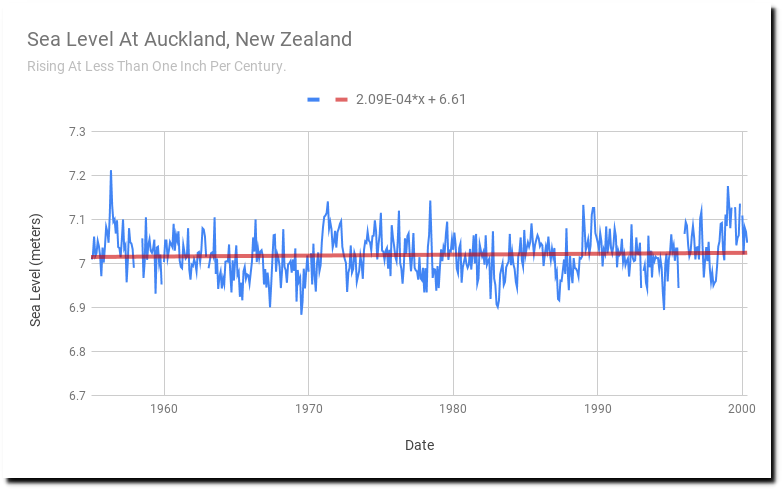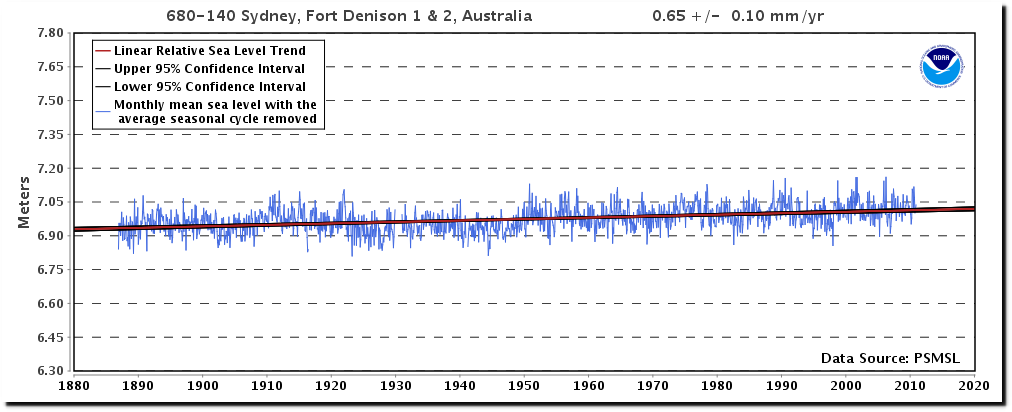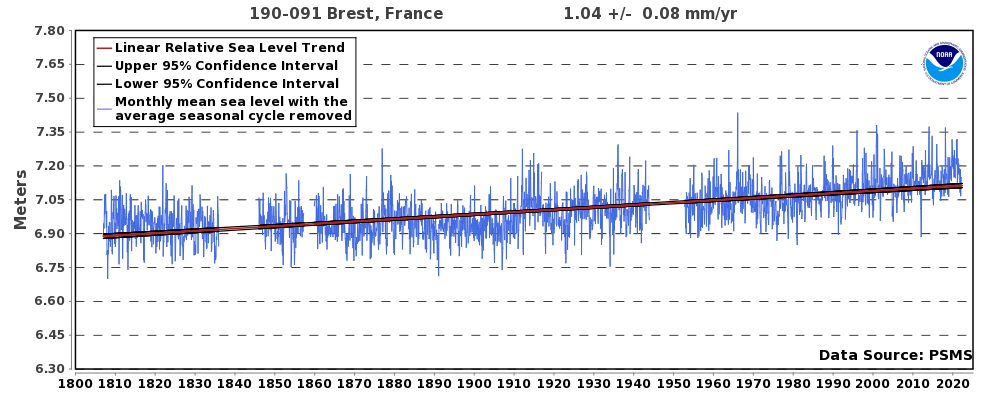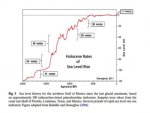:roll:
*bzzt* wrong.
You didn't source your graph, but it wasn't hard to find the actual article. This is what he
actually says:
During the past few millennia, sea level rose slowly and may
have fluctuated by a meter or two above or below present levels. As a consequence,
shorelines have been relatively stable, especially compared with the rapid excursions
experienced during much of the post-glacial period.
Over the past century the rate of sea level rise globally, based on long-term tide
gauge data, has averaged 1.7 mm/year (Church and White 2006). This rate is reflected
in regional tide gauge data (NOAA 2010a). Global satellite altimetry suggests an
increase has taken place over the past approximately 15 years, to about 3.1 mm/year
(Jevrejeva et al. 2006). Even at the current relatively slow rates of sea level rise,
U.S. shorelines are retreating at an average of 1 m/yr, with northern Gulf of Mexico
shorelines exceeding the average, at 1.8 m/year, and exhibiting some of the more
extreme local erosion rates (Dolan et al. 1985; Davis 1997).
The Intergovernmental Panel on Climate Change, in its most recent assessment
of the potential for future sea level rise, projected a sea level rise by the year
2100 of 18–59 cm, depending on the emissions scenario...
have raised the possibility that the IPCC projections
are underestimates, perhaps by more than a factor of two, due to an incomplete
understanding of the contribution of large ice sheets—Greenland and Antarctica—to
global sea level rise.
Some recent studies have examined indications that global climate may be nearing
a tipping point, beyond which natural systems shift to a new equilibrium position.
Projections of both greenhouse-induced temperature change and ice-sheet-induced
sea level rise raise the possibility that the atmosphere and the oceans may be
approaching such a point. Shorelines such as those of the northern Gulf are currently
in a dynamic equilibrium with sea level rise. But over the past 6,000 years, global
shorelines have not experienced the rates of sea level rise projected for the next
century. Overstepping and drowning of shorelines is a possible response if sea level
rise accelerates to rates last observed during the deglacial era.
(Emphasis added)
(PDF) Sea level history of the northern Gulf of Mexico coast and sea level rise scenarios for the near future
For those who can't read properly: Sea level rates were stable for thousands of years, and started rising in the 20th century. The rate of sea level rise is now accelerating -- in fact, it's gone from 3.1mm/yr in 2011 to around 3.4mm/yr in 2019.
Similarly, here's Donoghue in a 2009 article, discussing the research grant for the results summarized in that paper:
"This project is crucial because the rates of change in environmental parameters predicted for the near future are much greater than those of the past several millennia. For example, some of the worst-case sea-level rise scenarios predicted for the near future have not been experienced by the coastal system for more than 8,000 years."
Florida State News and Events
And of course, Donoghue is using the same type of proxy data used for the chart I linked.
Thanks for helping prove my point.



